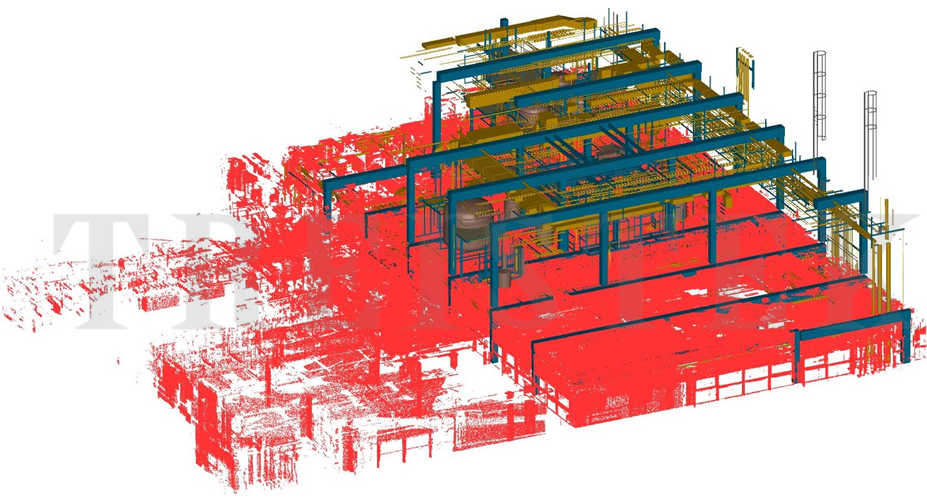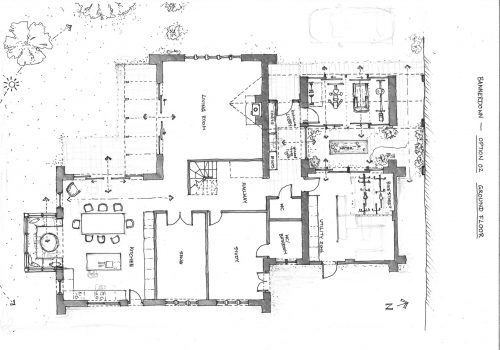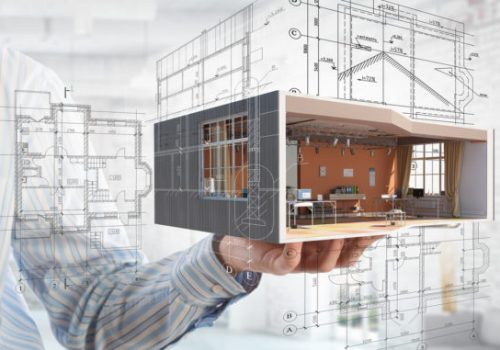The construction industry has witnessed a remarkable transformation in the Scan to BIM processes, thanks to advancements in technology and surveying techniques. Scan to BIM modeling has revolutionized the way digital representations of physical spaces are captured, enabling the creation of intelligent 3D models with ease. Design teams play a crucial role in utilizing these 3D building information models to manage, share, and coordinate project information efficiently, benefiting both companies and clients.
Reshaping Scan to BIM with Technology:
Scan to BIM finds application in a variety of projects, including renovations, refurbishments, and new builds. It proves invaluable for capturing data on existing buildings before demolition, preserving records of their existing conditions. Surveyors increasingly employ Indoor Mobile Mapping Systems (IMMS) for projects involving large floor areas where rapid scanning is essential. The IMMS captures detailed point cloud data, facilitating accurate representation.
Time-Saving Advantages:
Speed is a paramount factor in the Scan to BIM process, as it significantly reduces scanning time, leading to faster project completions. The integration of high-resolution drone photos with data from mobile and terrestrial scanners enhances the process. By utilizing software related to Scan to BIM, high-resolution cameras are stitched together, leveraging photogrammetry for precise measurements of sites and generating comprehensive point clouds.

Benefits of Scan to BIM:
At the design stage, Scan to BIM takes center stage, providing an efficient kick-off for projects. The process’s implementation may vary based on client requirements, especially when dealing with older buildings that lack up-to-date as-built documentation. Scan to BIM addresses this issue, improving transparency and precision in project information.
Architects and clients alike find Scan to BIM indispensable, especially when dealing with historical buildings or structures with outdated plans. This process allows for a thorough examination of the property without the need for physical visits, providing valuable insights into potential hazards or structural issues.
The cost-saving aspect of Scan to BIM is noteworthy, helping clients maintain their budgets effectively. Its cost-effectiveness is matched by its ability to offer comprehensive data analysis of buildings and structures, leading to informed decision-making.
Conclusion:
The Scan to BIM process has significantly enhanced construction projects by capturing real-world data in an intelligent 3D model. With advanced surveying technologies and seamless data integration, this technology-driven approach saves time, reduces costs, and increases overall efficiency. Architects, surveyors, and clients can now rely on Scan to BIM for accurate representations, improved transparency, and informed decision-making throughout the construction process. Embracing Scan to BIM paves the way for a more streamlined and successful construction industry.






